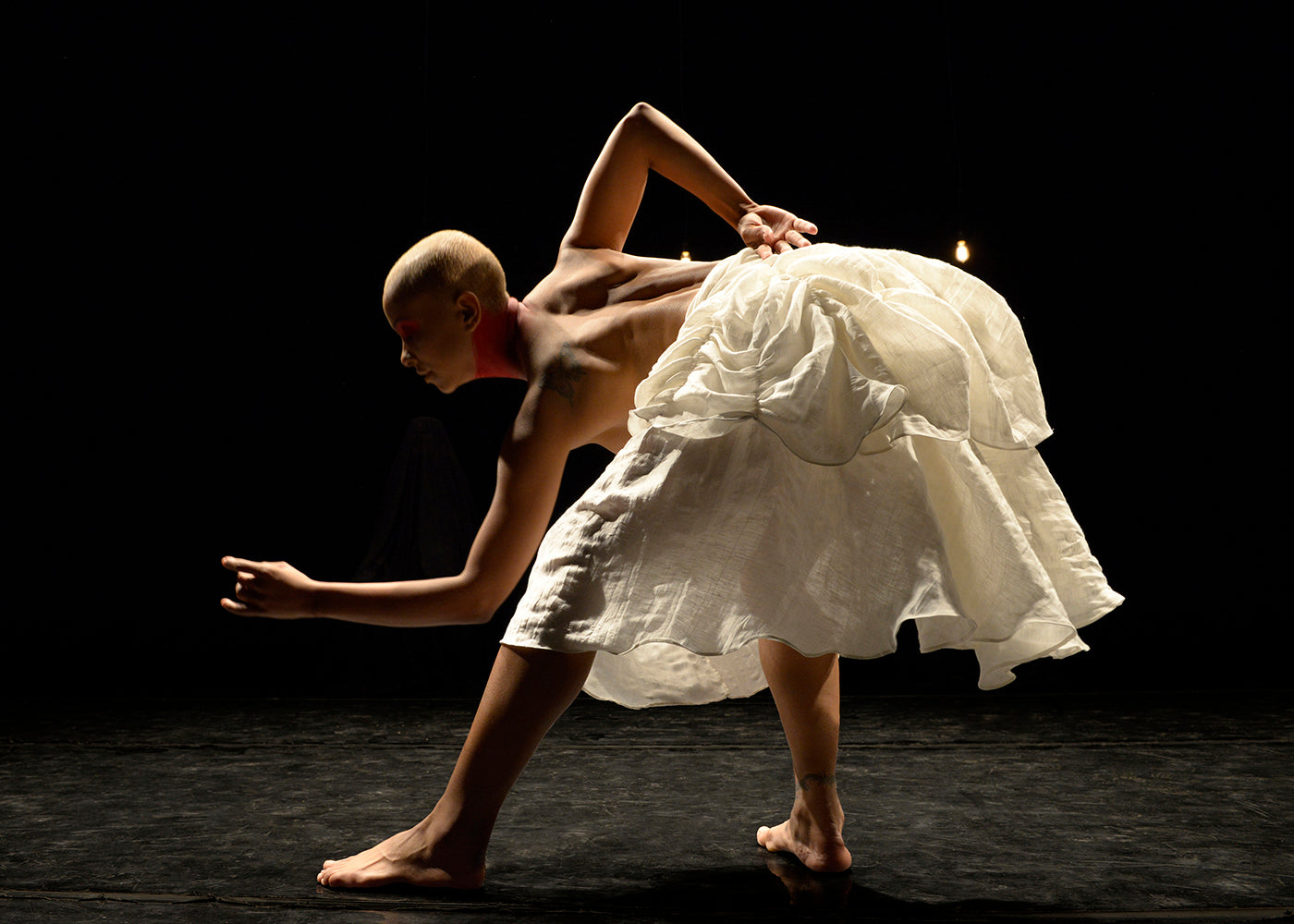Talent Time
It’s “Nutcracker” season at San Francisco Ballet—36 performances packed into three weeks—which means that the company is currently serving two distinct audiences.
Continue Reading
World-class review of ballet and dance.
The Brazilian company, Grupo Corpo, peerless for their kaleidoscopic sets, costumes, choreography and their music, are touring the US with two reimagined works from just before Covid hit. Corpo’s founding choreographer, Rodrigo Pederneiras, was inspired to recreate a 2019 piece that had been simply titled “Gil.” After the pandemic shutdowns eased, composer Gilberto Gil reworked the samba, bossa nova and rock-infused score adding a pinch of electronica. They retitled it “Gil Refazendo,” and it opened the two-part program to a full house at Washington, D.C.’s Kennedy Center last weekend.
Performance
Place
Words



“Uncommonly intelligent, substantial coverage.”
Your weekly source for world-class dance reviews, interviews, articles, and more.
Already a paid subscriber? Login

It’s “Nutcracker” season at San Francisco Ballet—36 performances packed into three weeks—which means that the company is currently serving two distinct audiences.
Continue ReadingLast week I caught up with choreographer Pam Tanowitz and Opera Philadelphia’s current general director and president, countertenor Anthony Roth Costanzo to talk about “The Seasons,” the company’s latest production premiering at the Kimmel Center’s 600-plus seat Perelman Theater on December 19.
Continue ReadingIf Notre-Dame remains one of the enduring symbols of Paris, standing at the city’s heart in all its beauty, much of the credit belongs to Victor Hugo.
Continue ReadingWhen dancer and choreographer Marla Phelan was a kid, she wanted to be an astronaut. “I always loved science and astronomy,” Phelan said.
Continue Reading
comments